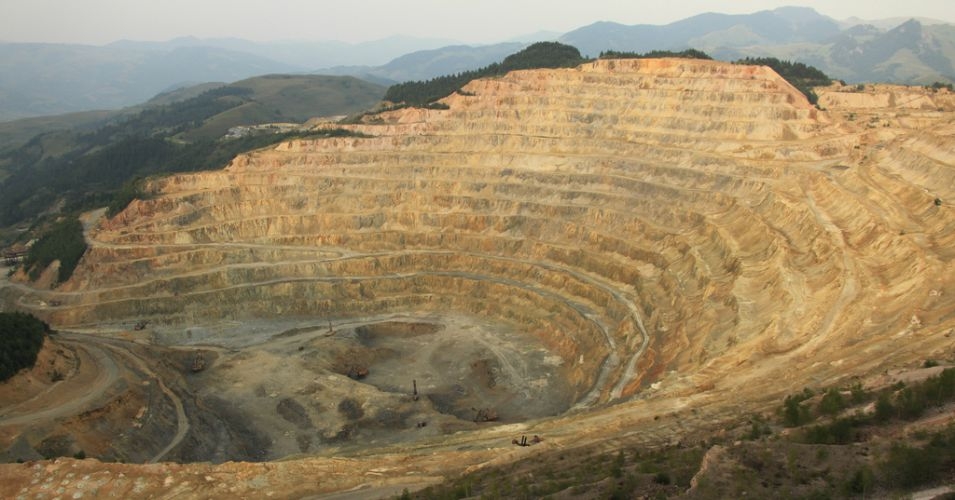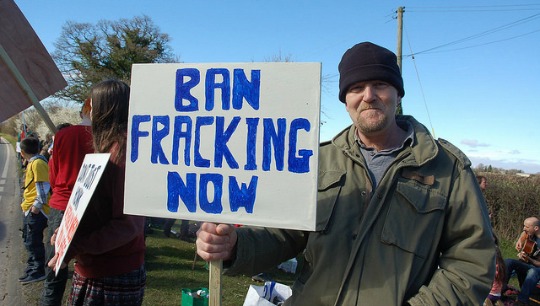Published on Sunday, February 23, 2014 by Common Dreams
Ongoing drought means Central Valley farmers to receive no federally allocated irrigation water this year
Central Valley farmers in drought-stricken California just got very bad news: the ongoing drought means they will get no federally allocated irrigation water this year.
The Bureau of Reclamation made the announcement on Friday.
"This low allocation is yet another indicator of the impacts the severe drought is having on California communities, agriculture, businesses, power, and the environment," Michael L. Connor, Reclamation Commissioner, said in a statement.
The state's snowpack is at just 29 percent of normal levels, and the latest Drought Monitor shows the entire state blanketed in some level of drought, with over 68 percent hit with levels classified as "extreme" or "exceptional."
This follows a month in which Gov. Jerry Brown declared a drought State of Emergency and state officials warned that 17 communities could run out of water.
Some farmers have already been forced to "liquidate herds" and abandon crops.
Market Watch reports: "Statewide, some 8 million acres of farmland rely on federal or state irrigation water." And with California being the top agricultural producing state, effects are expected to be widespread.
"In this county alone, we’re in the billions of dollars of lost economic activity," AgWeb reports Ryan Jacobsen, chief executive of the Fresno County Farm Bureau, as saying. "We do compete on a global scale, but the reality is that there very likely is going to be a shortage of certain commodities."
The San Francisco Chronicle adds: "A recent estimate by an industry group, the California Farm Water Coalition, suggested that as much as 600,000 acres of land, or about 8 percent of the state's total, could be left fallow in the coming year."
David Hayes, a former U.S. Interior Department official, says Bureau of Reclamation's announcement is the reality of California's unsustainable water usage coming home to roost.
"California is running out of options to deal with the fact that it has basically been relying on more water than it has long-term access to," Hayes told the Los Angeles Times.
"It's like reality is closing in on California," Hayes said.
Earlier this month, Peter Gleick, President of the California-based Pacific Institute, gave a similar warning, writing that the drought should be seen "for what it is: a bellwether of things to come; a harbinger of even more serious challenges to California water resources allocation, management, and use."
Given this "bellwether," Anna Bee Szendrenyi, Agricultural Water Steward Project Coordinator also at the Pacific Institute, sees the current drought crisis as a possible catalyst for planning for a more water-wise future:
[W]e need to start thinking longer term, because as historic droughts suggest, drought in California is not an anomaly. Fortunately, Californians of all walks are mobilizing—initiating conversations long overdue—in preparation for a future with significantly less water. But, to truly start thinking and acting for the long term, we desperately need to discard the belief that the drought simply poses an obstacle to the status quo. Instead, we must view the drought as an opportunity—a chance to build a more resilient water future—so we can work toward adapting to the “new reality.”
___________________




